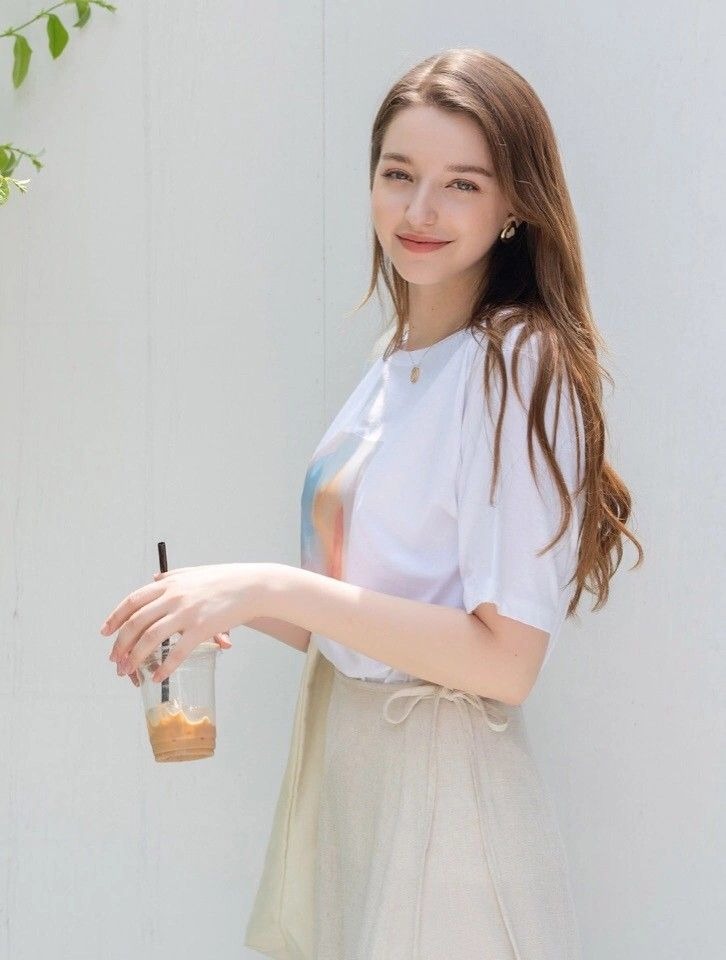Fashion is more than clothing; it is a powerful language of expression that has shaped culture, identity, and social values for centuries. From ancient civilizations draping fabrics as symbols of power to contemporary runways presenting bold artistic visions, fashion has always acted as a mirror reflecting human creativity and evolution. To understand fashion is to understand how society communicates through appearance, how individuals construct their sense of self, and how global influences converge to create new aesthetics. The journey of fashion is not only about trends and textiles but also about the ideas, emotions, and social messages they convey.
Fashion begins with identity. Every individual selects garments not simply to cover the body but to project a sense of personality and belonging. A tailored suit signals professionalism and authority, a flowing dress evokes elegance and femininity, while distressed denim speaks of rebellion and nonconformity. Through these choices, people silently communicate their place in society, their aspirations, and their emotional states. Clothing operates as a visual vocabulary, replacing words with textures, patterns, and colors. This dimension of self-expression explains why fashion resonates so deeply across cultures and why it remains such a powerful force in the modern world.
The history of fashion demonstrates its enduring role as both an artistic and social phenomenon. In ancient Egypt, linen garments communicated purity and religious devotion, while the Roman Empire used togas to denote social rank and citizenship. During the Renaissance, elaborate gowns and embroidered fabrics symbolized wealth and the patronage of art. The Industrial Revolution shifted fashion into a mass-produced phenomenon, making stylish clothing accessible to broader populations. Each era left behind garments that not only dressed people but told stories of their values, struggles, and ambitions. When examining these periods, it becomes clear that fashion acts as a timeline of human progress.
In the twentieth century, fashion accelerated into a global industry driven by innovation and rapid change. Designers such as Coco Chanel redefined elegance by liberating women from restrictive corsets, while Christian Dior introduced silhouettes that celebrated femininity after the austerity of wartime. The second half of the century saw the rise of subcultures such as punk, hip-hop, and grunge, each using fashion as a tool of resistance and identity. Leather jackets, oversized hoodies, and ripped jeans were not only clothing but declarations of independence, challenging traditional structures. These movements demonstrated how fashion could empower groups, amplify voices, and create communities bound by shared aesthetics.
Today, fashion has become more diverse and inclusive than ever before. The rise of digital media and global interconnectedness allows trends to travel across borders instantly. A style emerging in Tokyo can inspire designers in Paris, influence influencers in New York, and reach consumers in Lagos within days. This cross-cultural exchange enriches fashion, making it a truly global language. At the same time, social media platforms have democratized fashion by giving individuals the power to showcase their own styles and challenge traditional gatekeepers of taste. Bloggers, influencers, and everyday consumers now shape trends as much as high-end designers, reflecting a more collaborative and participatory approach to style.
Sustainability has also become a defining issue in the modern fashion world. For decades, the industry has thrived on fast fashion, producing low-cost garments that satisfy temporary desires but often result in environmental damage and exploitative labor practices. Increasing awareness of these issues has sparked movements toward ethical production, eco-friendly fabrics, and circular fashion systems where clothing is reused, recycled, or repurposed. This shift represents not only a trend but a transformation of values, as consumers demand accountability and responsibility from brands. Fashion is no longer judged solely on aesthetics but also on its impact on the planet and society.
Another crucial aspect of contemporary fashion is inclusivity. For too long, the industry promoted narrow standards of beauty, often excluding diverse body types, ethnicities, and gender expressions. In recent years, campaigns featuring models of all sizes, ages, and backgrounds have challenged these outdated ideals. Gender-fluid fashion has gained prominence, reflecting changing understandings of identity and breaking away from rigid binaries. By expanding its vision, fashion now embraces a broader spectrum of human experience, empowering people to feel represented and accepted in the clothes they wear.
Fashion also plays a significant role in politics and activism. Clothing has the power to unite people under shared causes or to symbolize resistance. The suffragettes used white dresses to demand women’s voting rights, while Black Panthers adopted black leather jackets and berets to project strength and solidarity. In contemporary times, slogan T-shirts, symbolic colors, and even red-carpet choices serve as vehicles for political statements. Through fashion, individuals and groups claim visibility, voice dissent, and influence cultural conversations. This illustrates that fashion is not a superficial indulgence but a serious medium of dialogue and protest.
The relationship between fashion and technology continues to grow stronger. Innovations in digital design, 3D printing, and virtual reality are reshaping how clothing is conceived, produced, and consumed. Digital fashion allows garments to exist purely online, reducing waste while offering infinite creative possibilities. Smart textiles integrate sensors and adaptive features, blurring the line between fashion and function. These advancements not only expand the boundaries of design but also raise questions about ownership, authenticity, and the role of fashion in digital spaces. As technology evolves, fashion remains at the forefront of experimentation, continuously redefining what is possible.
The future of fashion lies in balancing creativity with responsibility. Designers will continue to push boundaries, merging cultural references, technological innovations, and artistic visions to craft new aesthetics. At the same time, consumers must navigate the ethical dimensions of their choices, recognizing that every garment carries a story of labor, resources, and environmental impact. Fashion’s evolution will depend on how well the industry adapts to these challenges while continuing to inspire, innovate, and empower.
Ultimately, fashion is not merely about what we wear but about who we are. It is a living dialogue between the individual and society, the past and the future, the personal and the political. Fashion is art, commerce, and communication woven together in threads that shape identity and influence culture. It celebrates diversity, challenges conventions, and reflects the endless capacity of humans to create meaning through material forms. To study fashion is to study humanity itself, for in every seam and silhouette lies a story of aspiration, rebellion, and transformation.
In the modern world, where visual communication is instant and global, fashion holds unprecedented power. It transcends language barriers, bridges cultures, and amplifies voices. Whether through a runway collection, a street-style movement, or an online post, fashion continues to shape how we see ourselves and how we understand one another. The language of fashion is universal, yet it remains deeply personal, reminding us that clothing is never just fabric but a canvas of identity, imagination, and possibility.


